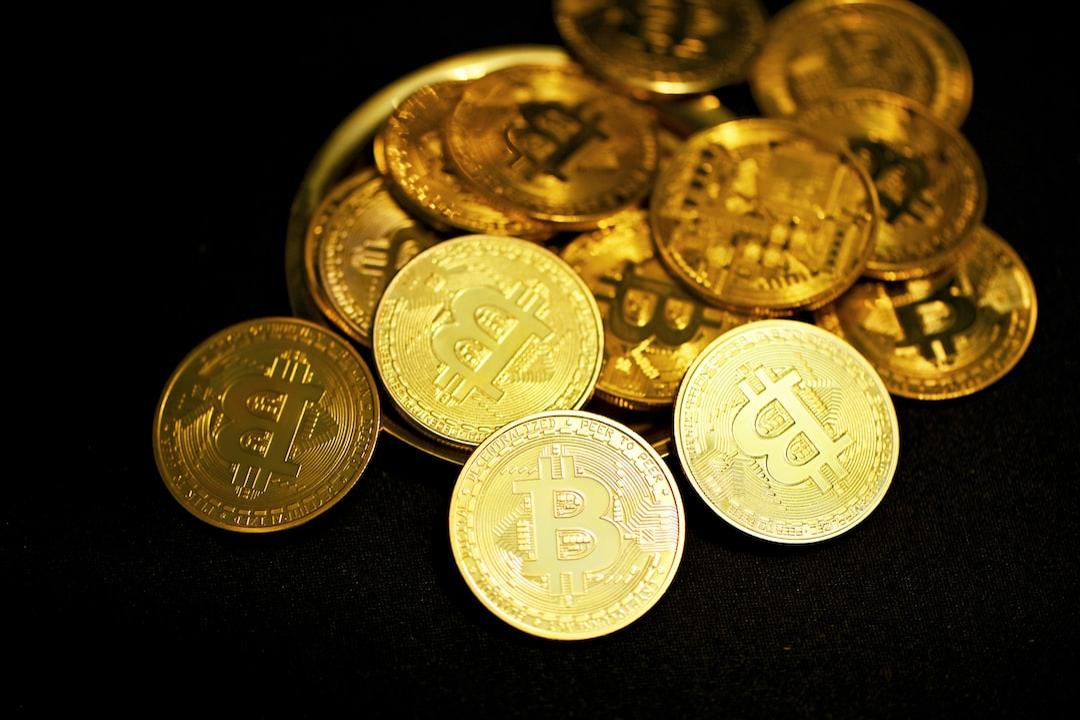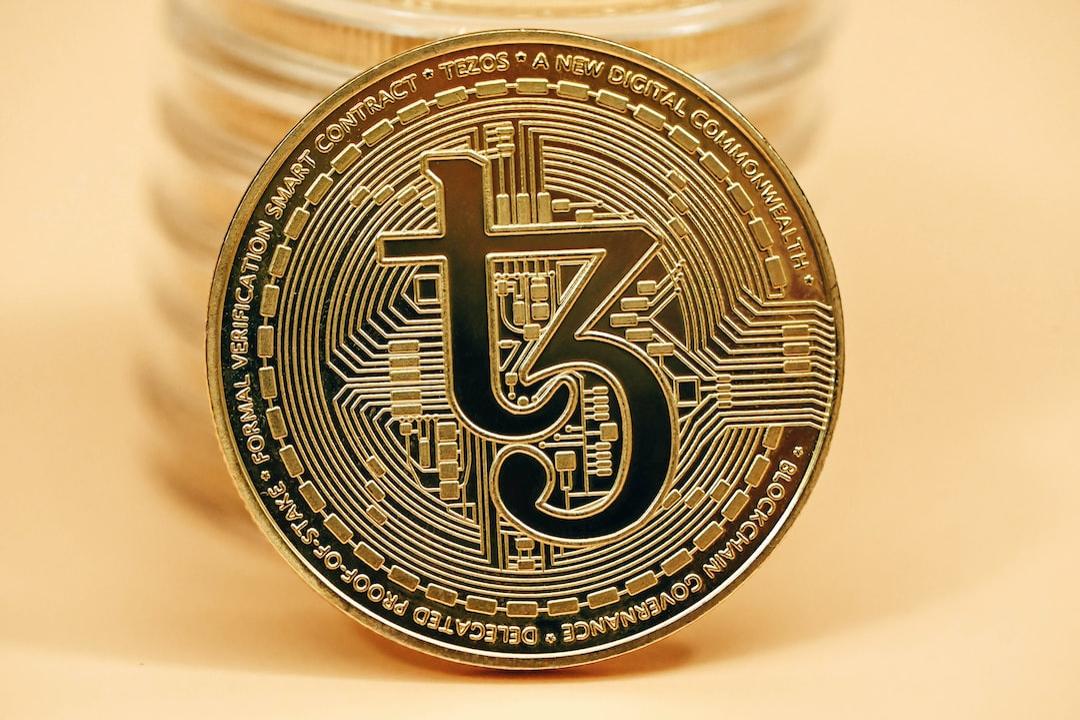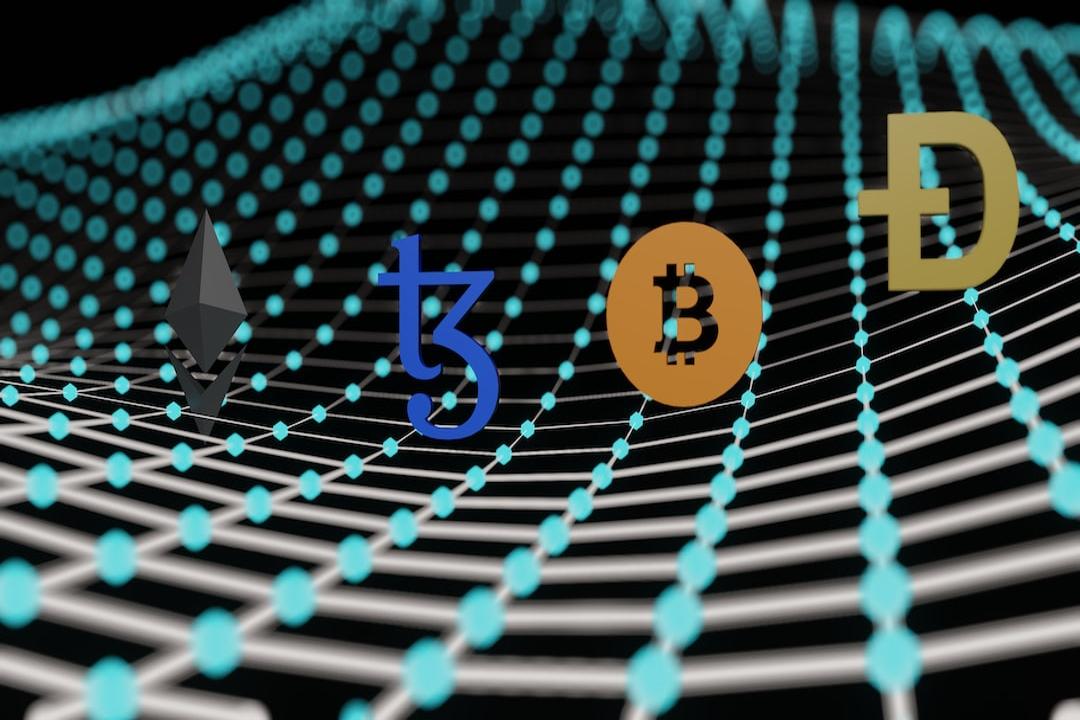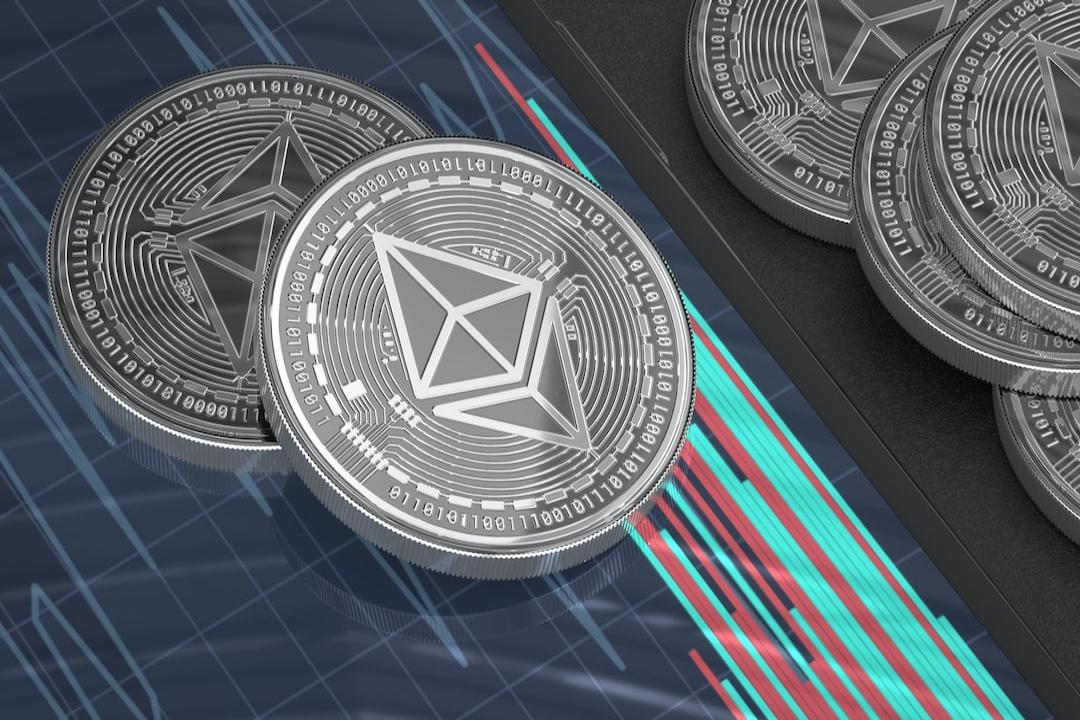Fidelity’s latest report on digital assets suggests that Ethereum’s current price may be undervalued.
Despite recent weak performance, multiple on-chain indicators and ecosystem activity reveal potential rebound opportunities, prompting cautious optimism in the market regarding ETH’s prospects. This article is based on Biraajmaan Tamuly’s piece “Ethereum’s ‘capitulation’ suggests ETH price is undervalued: Fidelity report,” and has been organized, compiled, and rewritten by Deep Tide TechFlow.
(Background: Vitalik: Ethereum is overly complex; L1 should simplify to a level “close to Bitcoin” within five years)
(Context: The Ethereum community protests against “L2 commercialization,” with independent teams pushing for Ethereum R1 to refrain from issuing tokens and relying on decentralized fundraising)
Key Points:
- Fidelity’s digital assets report indicates that multiple Ethereum on-chain indicators suggest that ETH’s trading price is below its valuation.
- The BTC/ETH market capitalization ratio has returned to mid-2020 levels.
- The number of active addresses on Ethereum’s Layer 2 network has reached a new high of 13.6 million.
New data from Fidelity Digital Assets implies a cautiously optimistic stance on Ethereum, suggesting that its poor performance in the first quarter may present an opportunity. According to their latest Signals Report, Ether (ETH) fell by 45% in the first quarter, erasing gains made after the U.S. elections, having peaked at $3,579 in January.
The price of Ether experienced a death cross in March, with the 50-day simple moving average (SMA) falling 21% below the 200-day SMA, reflecting bearish momentum. However, Fidelity notes that short-term pain may turn favorable for Ether.
This investment firm indicated that the MVRV Z-Score (a comparison of market value to realized value) dropped to -0.18 on March 9, entering the “undervalued” zone. Historically, such levels often mark market bottoms, suggesting that Ether looks “cheaper” compared to its “fair value.” The net unrealized profit/loss (NUPL) ratio also fell to 0, indicating a “capitulation” state, where unrealized profits equal losses, implying holders are in a neutral position.

Ethereum’s MVRV Z-score
Source: Fidelity Digital Assets Signal report
ETH’s actual price averages $2,020, which is 10% higher than its current value, indicating that holders face unrealized losses. Although this trend appears bearish, the firm points out that the actual price has only slightly dropped by 3% compared to the 45% decline, suggesting that short-term holders have capitulated while long-term holders remain steadfast, potentially stabilizing the baseline price.
However, the company emphasizes that in 2022, despite ETH’s price falling below its actual price, it continued to decline further before rebounding.
Fidelity also referenced the market capitalization ratio of Ethereum to Bitcoin at 0.13, which is at mid-2020 levels and has been declining for 30 months.

Ethereum/Bitcoin Market Capitalization Ratio
Source: Fidelity Digital Assets Signals report
Ethereum Ecosystem Participation Hits New Highs
Data from growthepie.xyz shows that the number of unique addresses interacting with either Layer 1 or Layer 2 networks in the Ethereum ecosystem has reached a historic high of 13.6 million. The proportion of active addresses has increased by 74% in the past week, indicating the network’s scalability and growing adoption.

Weekly interactions on Ethereum and Layer 2 networks
Source: growthepie.xyz
Uniswap’s new Layer 2 protocol, Unichain, leads with over 5.82 million weekly active addresses, surpassing Base and Arbitrum. The collective increase in active addresses has boosted Ethereum’s Layer 2 dominance by 58.74% in the past seven days.
Anonymous crypto trader CRG noted that the ETH price has returned above the 12-hour Ichimoku cloud indicator for the first time since December 2024. The Ichimoku cloud indicates an upward trend when prices are above the cloud and the cloud turns green, reflecting bullish sentiment.

Ethereum 12-hour analysis provided by CRG
Source: X.com
This article does not contain investment advice or recommendations. Every investment and trading activity involves risks, and readers should conduct their research before making decisions.



